Reporting Analytics vs. Financial Reporting: Is There a Difference?
Jet Global
OCTOBER 26, 2021
In fact there are some very important differences between the two, and understanding those distinctions can go a long way toward helping your organization make best use of both financial reporting and analytics. Multi-dimensional analysis is sometimes referred to as “OLAP”, which stands for “online analytical processing.”

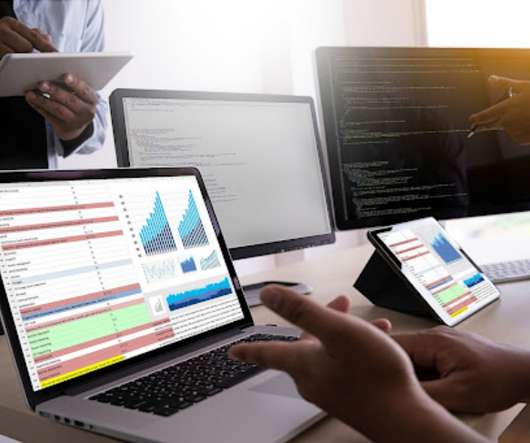


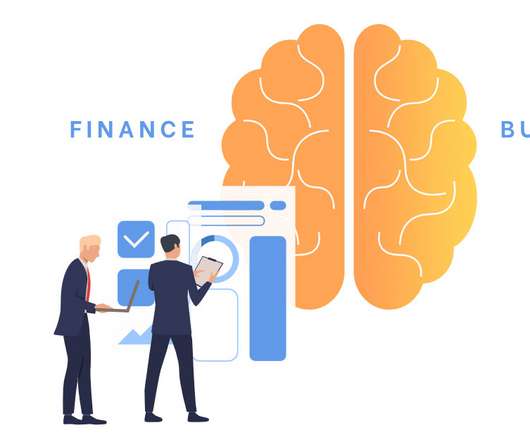





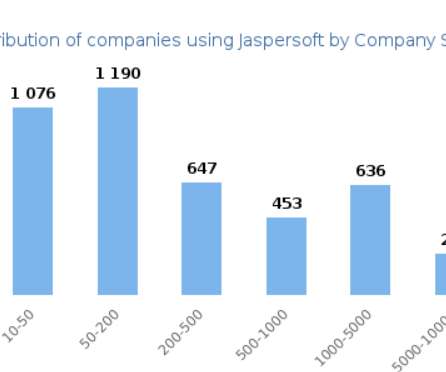

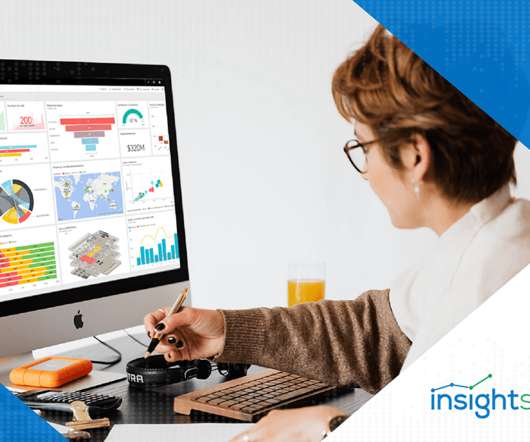


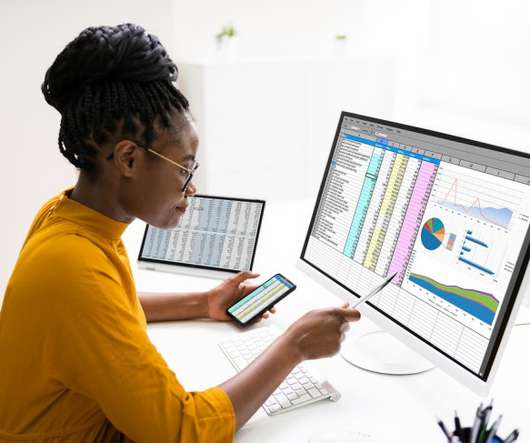








Let's personalize your content